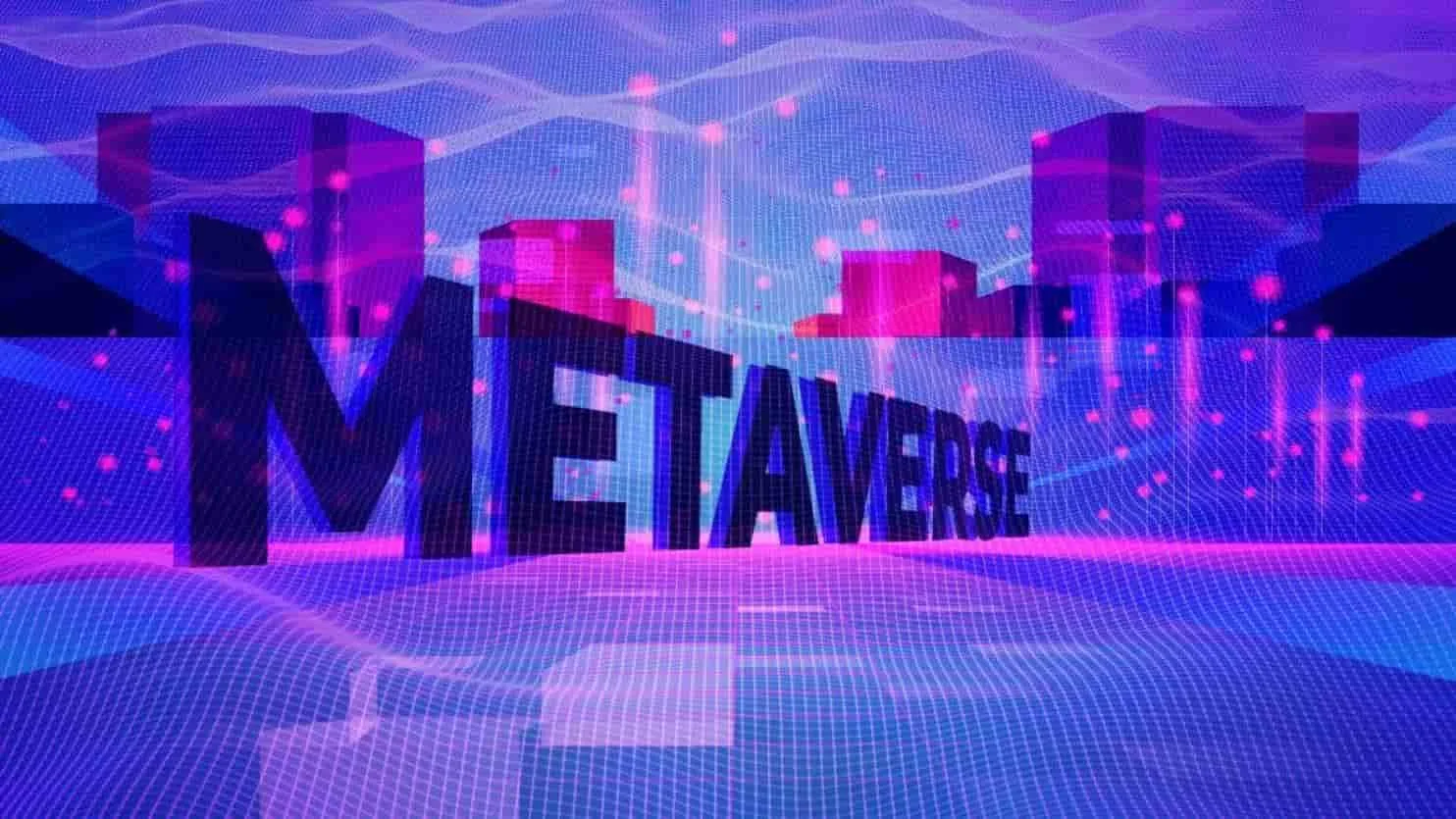The term “Metaverse” is becoming increasingly popular in today’s tech-driven society. But what does it actually mean? A Metaverse is a virtual universe that exists as an interactive 3D environment, where people can interact with each other and the world around them in real-time. It’s similar to virtual reality, but on a much larger scale.
The concept of the Metaverse was first popularised by science fiction author Neal Stephenson in his 1992 novel Snow Crash.
In the book, Stephenson described a “metaverse” as an informationally structured cyberspace which contains all kinds of digital representations of real-world objects and activities – essentially, a fully immersive 3D world populated by both computer-generated entities and human users (avatars).
Since then, many companies have developed their own versions of the metaverse – most notably Second Life (founded in 2003) and Roblox (founded in 2006).
These platforms provide users with vast environments for them to explore and create their own stories or experiences within these virtual worlds. They also allow for communication between users from all over the world through text chat or voice chat functions.
What is the Metaverse? The Metaverse is a highly interactive, interconnected world where users can create virtual objects, explore virtual worlds and build relationships with other users.
History and Development of the Metaverse
The concept of a ‘metaverse’ has been with us since the early days of virtual reality. It is an ever-evolving digital space that blends elements from real life, gaming and literature to create a unique online experience for its users.
The term was coined in Neal Stephenson’s 1992 science fiction novel Snow Crash, which featured an expansive virtual world called the Metaverse.
In this fictional setting, people interacted with each other in a 3D environment where physical laws did not apply and avatars moved around freely.
This idea inspired many developers to explore how such a system could be replicated in real life and eventually became the basis for modern virtual worlds.
In 1995, Linden Lab created Second Life, one of the earliest iterations of the metaverse as we know it today. This 3D social media platform allowed users to design their own avatars and explore digital spaces known as ‘islands’ while interacting with others through text chat or voice communication.
With over one million active monthly users at its peak, it was perhaps one of the most successful attempts at creating a persistent online world until recently surpassed by Fortnite Battle Royale which had over 125 million players in 2019 alone!
Uses of the Metaverse
The metaverse is a virtual world that allows users to interact with each other, create content, and experience exciting new possibilities. It is an interconnected digital universe in which people can explore, create, and share experiences.
The metaverse has been around since the early days of the internet but has become increasingly popular in recent years due to its potential for creativity, collaboration, and entertainment. Here are some of the uses of the metaverse:
1. Socializing: The metaverse gives users a unique way to socialise with others from all over the world. Users can meet up with friends or make new ones by exploring different virtual worlds or participating in various activities together. This creates an immersive environment that’s both fun and engaging for everyone involved.
2. Education: The metaverse can be used as an educational tool for students of all ages to explore different concepts and environments without leaving their homes or classrooms. This could include learning about history or science through virtual field trips or taking part in interactive lectures with professors from around the globe – making learning more accessible than ever before!
3. Shopping & Commerce: With the rise of eCommerce platforms such as Amazon and eBay, shopping on these sites has become incredibly convenient – but what if you could take.
Benefits and Challenges of the Metaverse
These days, the term “Metaverse” is being thrown around a lot. It refers to an online virtual world in which users can interact with each other and explore a digital universe.
The Metaverse has been gaining popularity over the years, as it offers many benefits for both individuals and businesses alike. However, there are also some challenges associated with this technology that need to be taken into consideration.
The first benefit of using the Metaverse is that it allows users to create their own virtual worlds without needing any programming knowledge or experience. This means that anyone can build their own unique avatars and environments within minutes – something that would take much longer if done in real life.
Additionally, because these environments are built using 3D graphics software they often look more realistic than traditional video games or chat rooms do – making them more immersive for users who want to explore their imaginations in a virtual world.
Furthermore, businesses can use the Metaverse as an effective way to engage customers by creating interactive experiences tailored specifically for them – something which could not be achieved with traditional marketing.
Conclusion
The metaverse is an ever-evolving concept that encompasses a wide range of virtual worlds and environments. It is a place where users can interact with each other in fun and creative ways, allowing them to explore new ideas, engage in social activities, and even develop businesses. T
he possibilities for what can be achieved in the metaverse are endless, making it an exciting prospect for those who wish to take advantage of this digital space.







